Following the joint nationwide strike by workers and farmers last week on November 26, India’s capital Delhi is witnessing an intense stand-off between the government and the farmers. For the past four days, thousands of farmers’ groups have marched on Delhi from neighboring States to protest against three controversial laws that were recently passed by the right-wing government of prime minister Narendra Modi.
As of Monday, November 30, tens of thousands of farmers are camped in three locations on the borders of Delhi. The farmers have come prepared with months of supplies and are determined not to head back till the Modi government relents. Their determination has forced the government to advance proposed talks which will now be held on Tuesday.
Farmers groups across the country and progressive movements have also joined in solidarity. The farmers are currently continuing with the indefinite protest under the banner of Samyukta Kisan Morcha (United Farmers’ Front) until the farm bills are repealed. The three laws are likely to weaken the existing regulation on base prices for agricultural goods, government-mediated produce markets and will enable a greater corporate role for agriculture. Many have criticized the laws as a neoliberal package made for the agricultural sector that has been in crisis for nearly two decades.
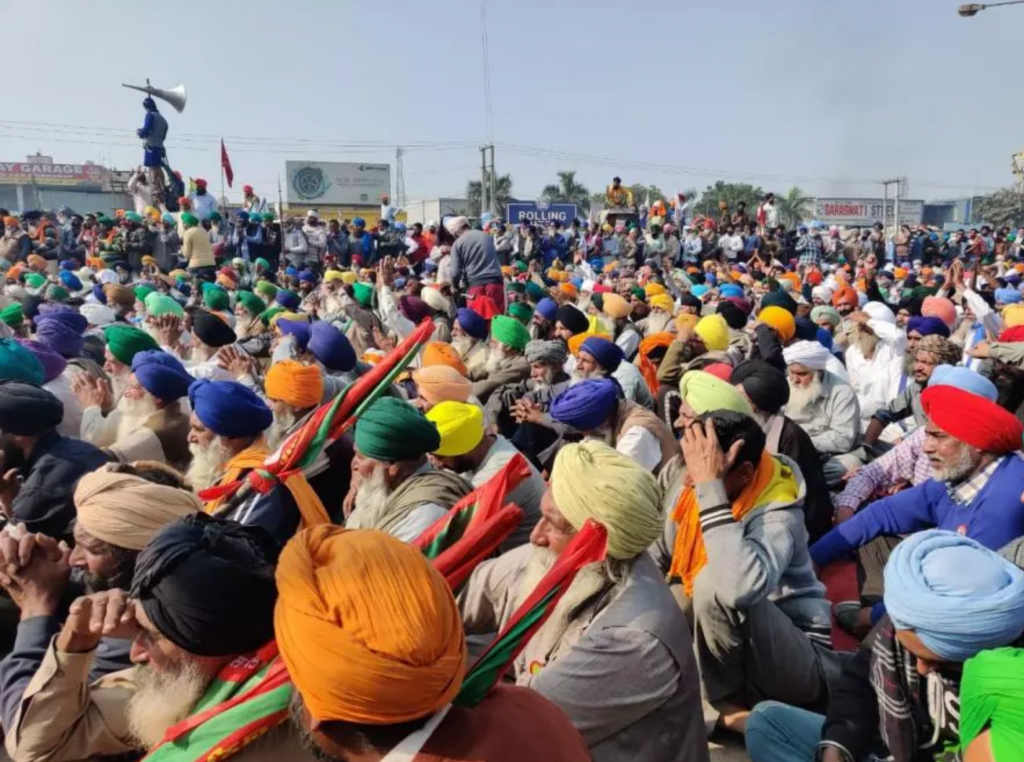
En route to the capital, farmers and their allies faced literal roadblocks put up by the governments of the two neighboring States of Haryana and Uttar Pradesh. Concrete barricades and barbed wires were put up, key national highways dug up, and police repression was mounted at the Delhi state border, with baton charges, tear gas and water guns in the middle of a cold wave.

The police in Delhi, which is directly controlled by the Modi government at the center, also sought permission from the state government to convert few stadiums into open-air detention centers for the protesters. Despite such hostilities from the ruling Bharatiya Janata Party, hundreds of farmers managed to break through and march into the capital.
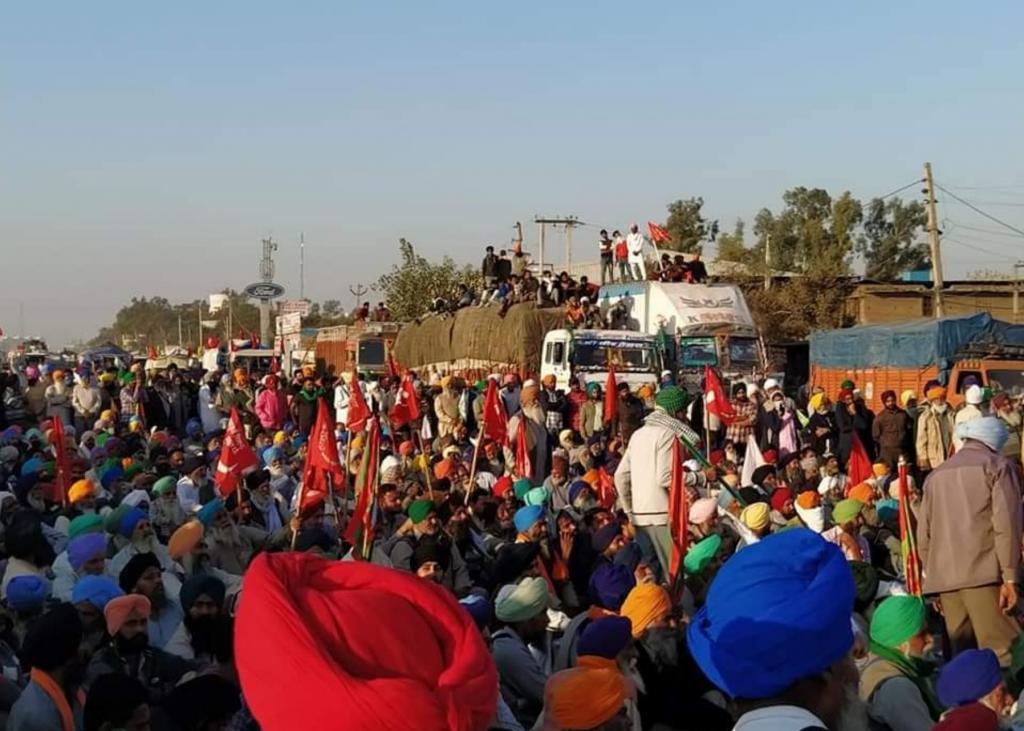
Thousands more have laid siege to major transport routes on two major entry points connecting Delhi with the rest of the country. Border crossings of Singhu in the state of Haryana and Ghazipur of Uttar Pradesh, are already witnessing large blockades put up by farmers. Farmers’ groups have also threatened to completely surround the capital and blockade it. The farmers have been hit with several charges of rioting and vandalism.
The intensification of the protests has forced the government to ask for compromises with the farmers groups to end the blockade. The government initially agreed to let the farmers enter Delhi but protest at Burari ground, which is an obscure corner of the city. The government also said it would talk to the farmers immediately if they went to this ground. Organizers of the protest roundly rejected the government’s conditions for negotiations, as an attempt to physically marginalize the movement. They said that they wanted to go to the central part of the city, to parliament, and if not permitted, they would continue to stay put at the borders of Delhi.
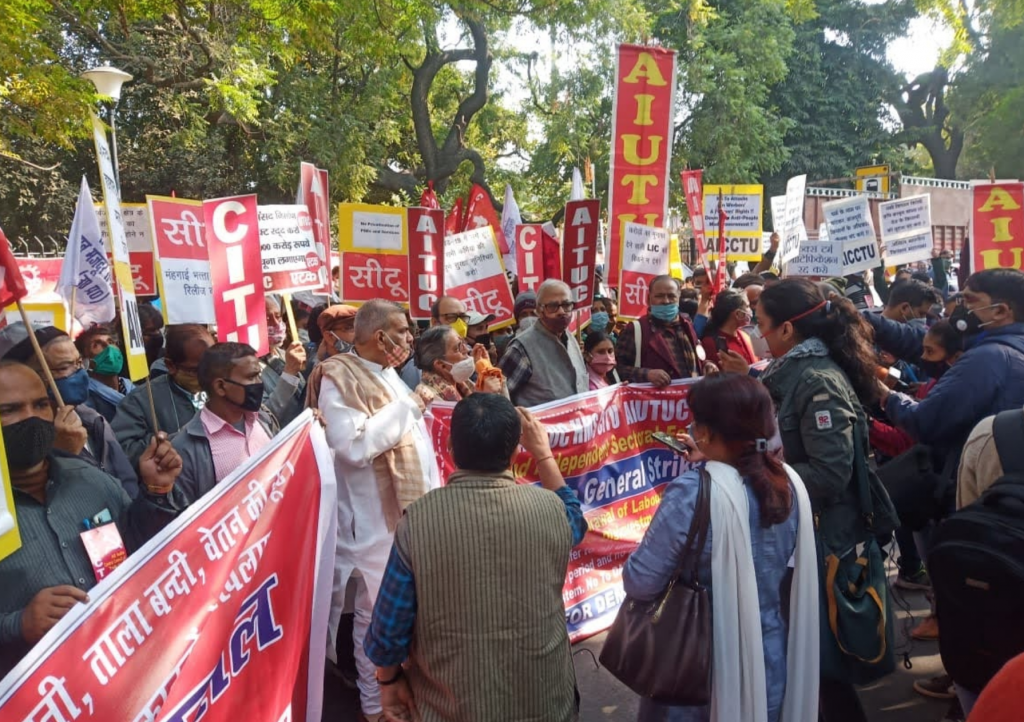
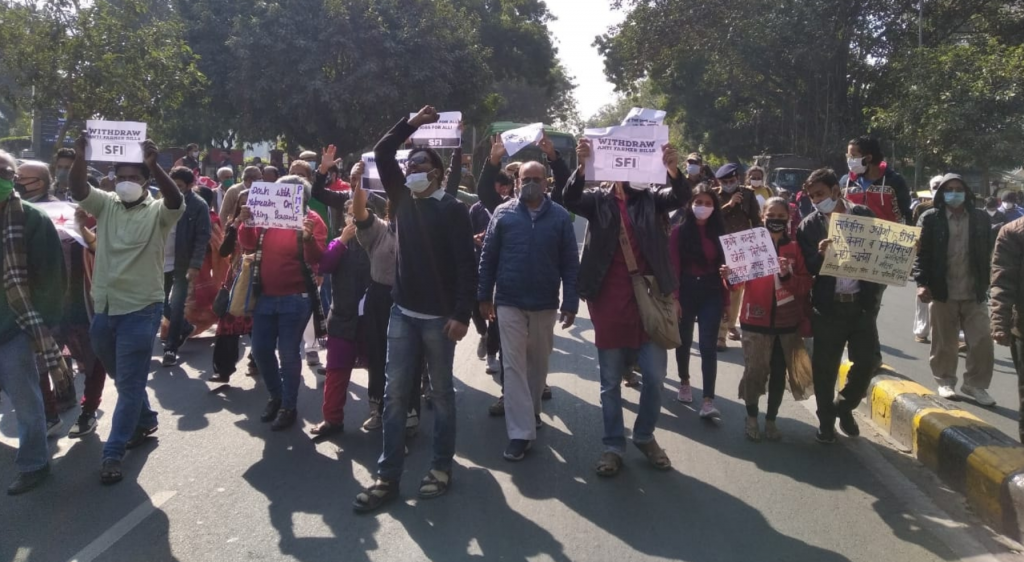
The farmers have also received several allies in their struggle. Several transport workers’ and taxi drivers’ unions in Delhi have jointly issued a two-day ultimatum to the government, threatening an indefinite strike if farmers’ demands are not heeded.
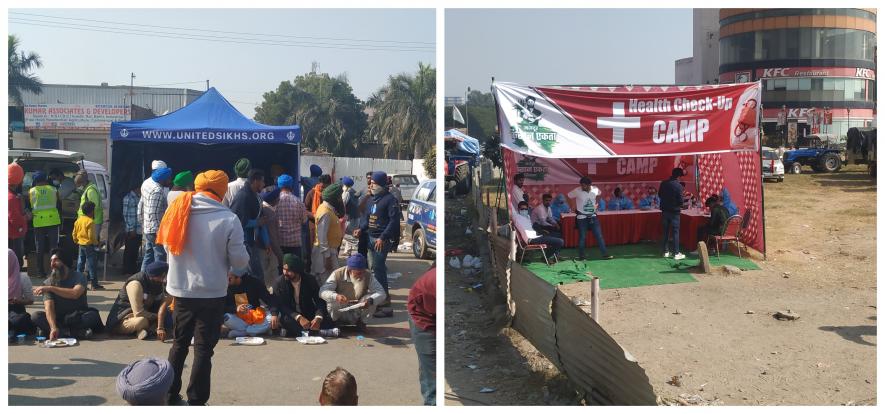
In the neighboring States, farmers have also received support from different sections. The Indian arm of the People’s Health Movement, Jan Swasthya Abhiyan (JSA), has begun crowdsourcing resources to aid the farmers at the Singhu border. Members of leftist parties in the region are joining the protests and mobilizing help for the farmers, and in other parts of the country, they are holding solidarity protests.






